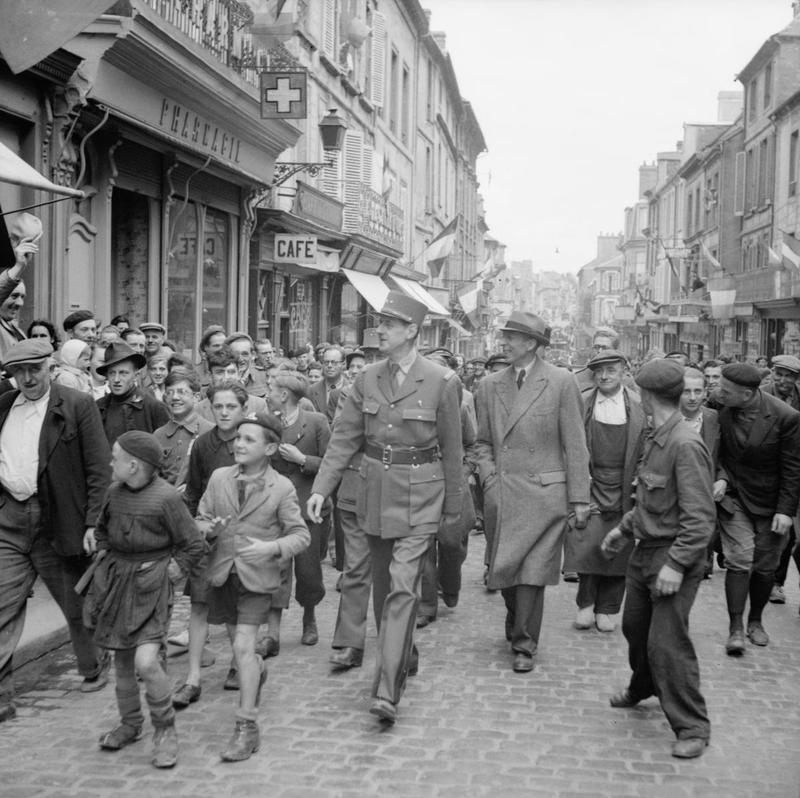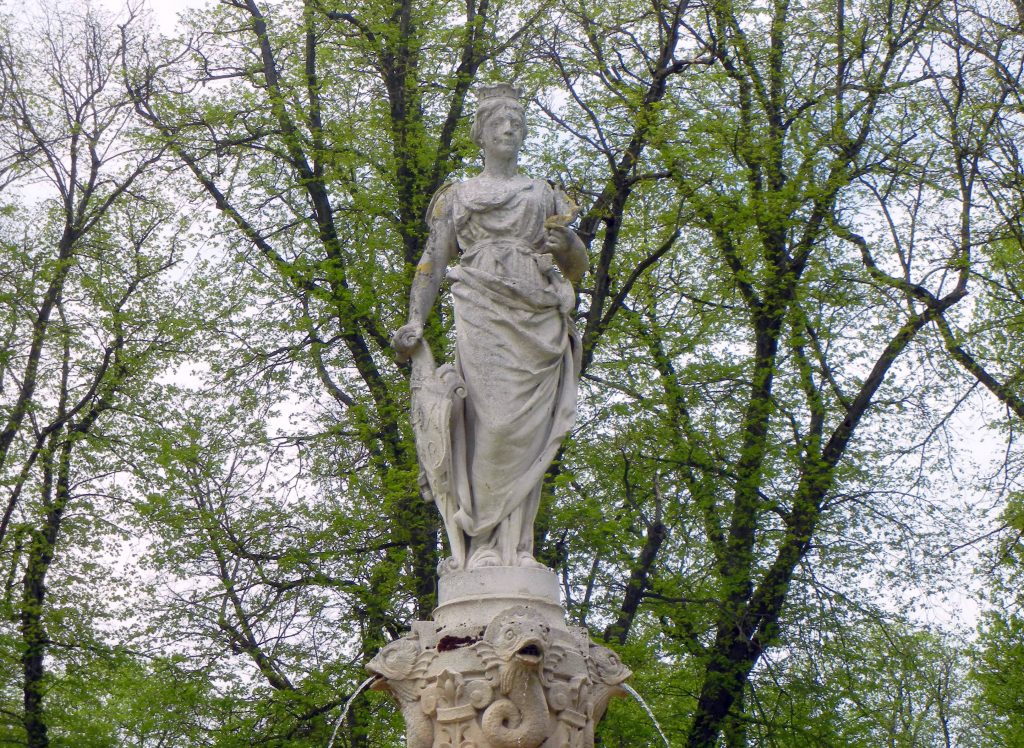Even before the opening credits, the action of Episode 6 picks up right where it left off in Episode 5. What is at stake here for Uhtred? First, he has to survive the desperate, lopsided battle he’s fighting. Second, he has to re-capture Skade in order to break the curse she’s placed on him. With Edward’s help, he manages to live. But Haesten escapes with Skade, so the curse remains, and it leads to unrest among Uhtred’s followers. Finan tries to act the peacemaker between Uhtred and Sihtric, but he fails. Sihtric’s departure raises the possibility of more conflict to come.
Uhtred’s brief meeting with Alfred after the battle at Benfleet (no bees, by the way) is once again a wonderful portrayal of the man who is this king—his obsession with the idea of an ENGLAND, his determination to rule by law, his painstaking preparations for what must happen after his death, and his pitilessness toward those he perceives as enemies. He lived in a brutal time, in a brutal world, when a God-fearing Christian king saw it as his duty to bring heathens to heel or to destruction. He tells Uhtred that he was tempted to delay giving the order that would prevent the slaughter of Uhtred and his men because “I would have seen victory without you, and it would have been all you deserved.” Harsh.
Yet Alfred is still trying to bind Uhtred to Edward because he knows that Edward will need him.
Haesten arrives at the Danish camp with Skade in tow and the news that Alfred lives. Æthelwold, duped by the devious, double-crossing Cnut, is ordered to Wessex to beg forgiveness from Alfred for his treachery and while he’s at it to murder Uhtred, thank you very much.
Æhelwold realizes he’s been stupid to trust the Danes, but he has a plan. We do not know what it is, but his plans have not worked out very well in the past so it’s hard to believe he’ll do any better this time.
Meanwhile in Wessex, some of what Uhtred has said to Alfred has gotten through to the king. He gives Edward full credit for his actions at Benfleet—but with Alfred, nothing comes without strings. Plans for Edward’s marriage are in place, and Edward, mollified by his father’s approval, accedes to them.
Much of this episode is spent with Uhtred and Brida as they mourn Ragnar. Information shared between them leads to some thawing on Brida’s part, but not quite forgiveness.
And now there is something else demanding Uhtred’s attention. In addition to defending Mercia from the Danes, defending Æthelflaed from her sniveling rat of a husband, and finding Skade so he can break her curse, he promises to help Brida get Ragnar to Valhalla, which means finding out who killed Ragnar, which means bad news for Æthelwold. As for Skade’s curse, Brida tells Uhtred, “To break a curse you must kill the sorcerer without shedding blood or breaking the skin.” (Something she models for him in a surprising twist that re-visits events from Season One.) “You must do that to Skade,” she says. “Either that, or make her your woman.”
Both options unappealing, I’m thinking.
THE BURNING LAND ends with the battle at Benfleet, and things play out rather differently in the book than they do in this show. I suppose there are purists who want THE LAST KINGDOM to be exactly like the novels, but I’m not one of them. As long as the characters have the same motives, personalities and attitudes, I am happy to see the story line go in a direction that is somewhat different from the novels. As Episode 6 wraps up we are moving into the pages of DEATH OF KINGS, and from the title alone you must know what’s going to happen. I’m already in mourning.
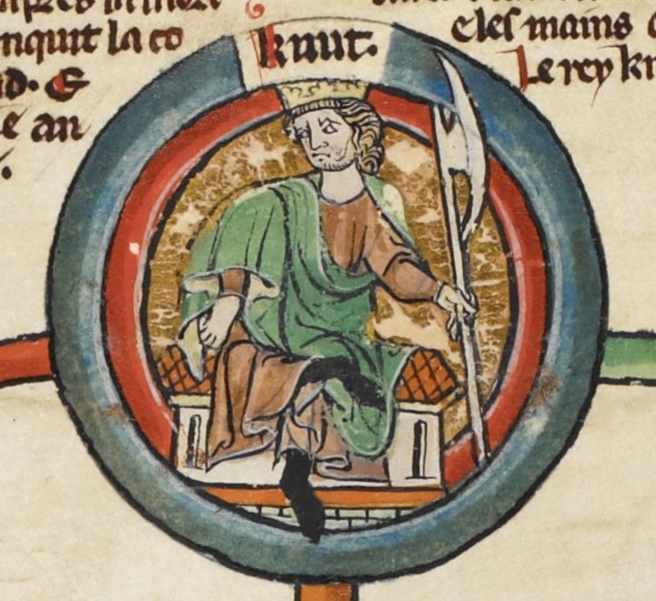
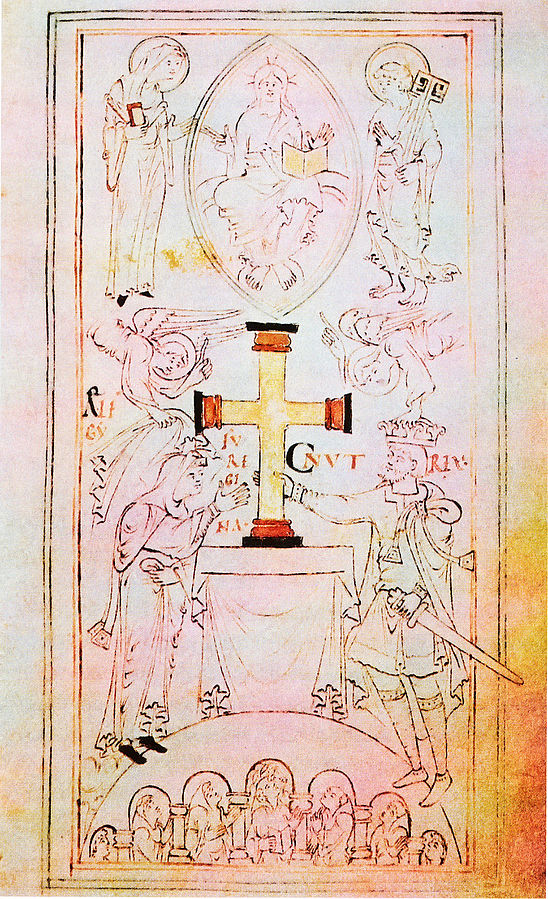
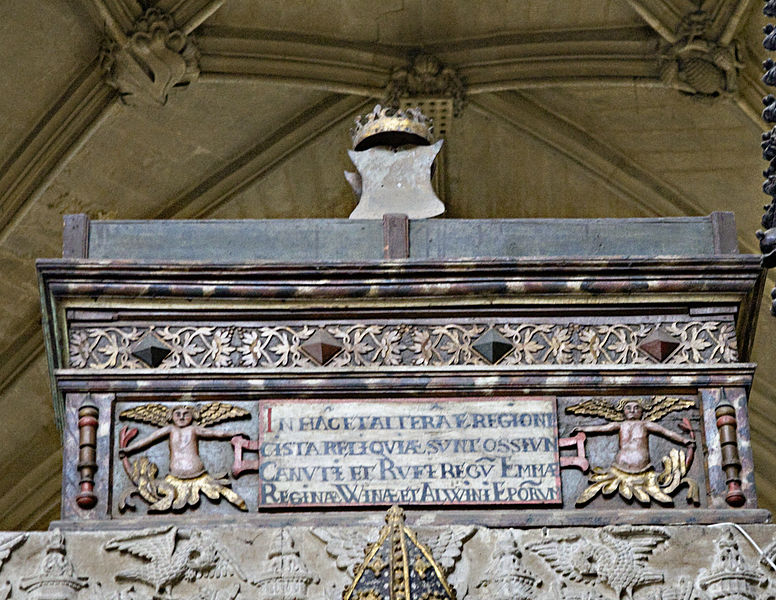
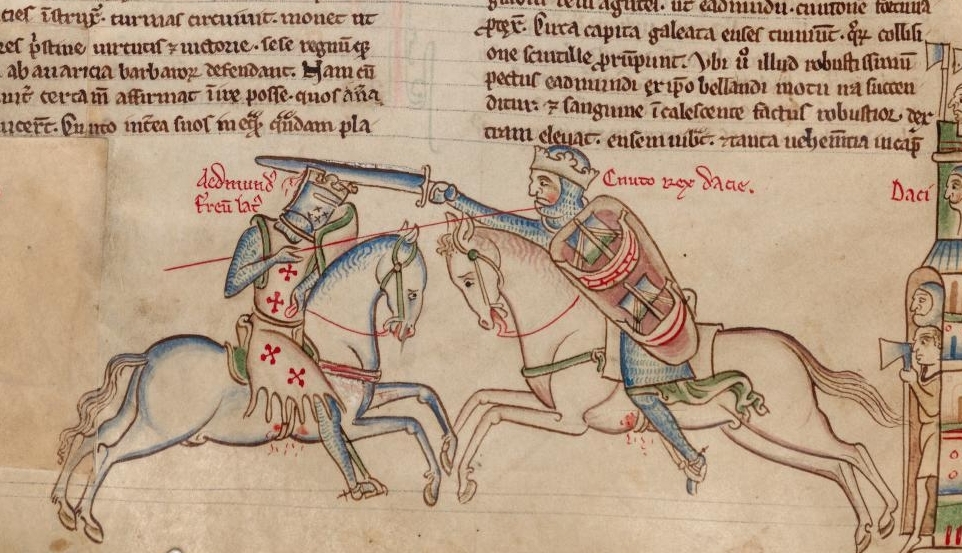
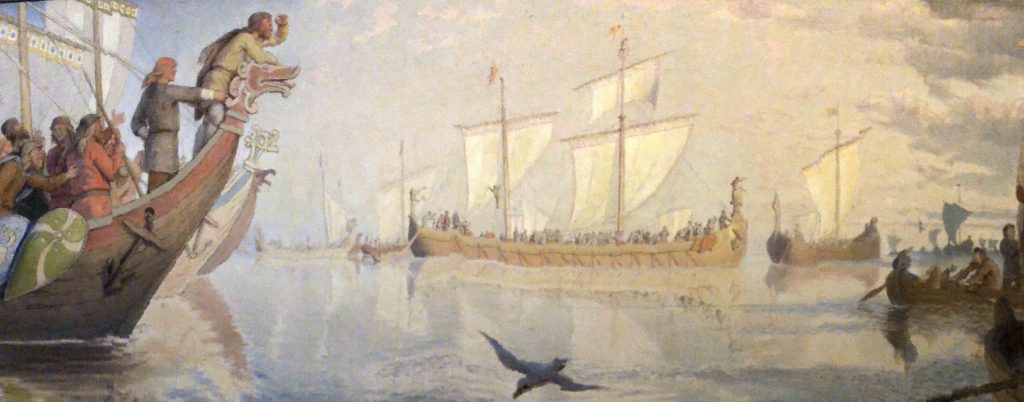

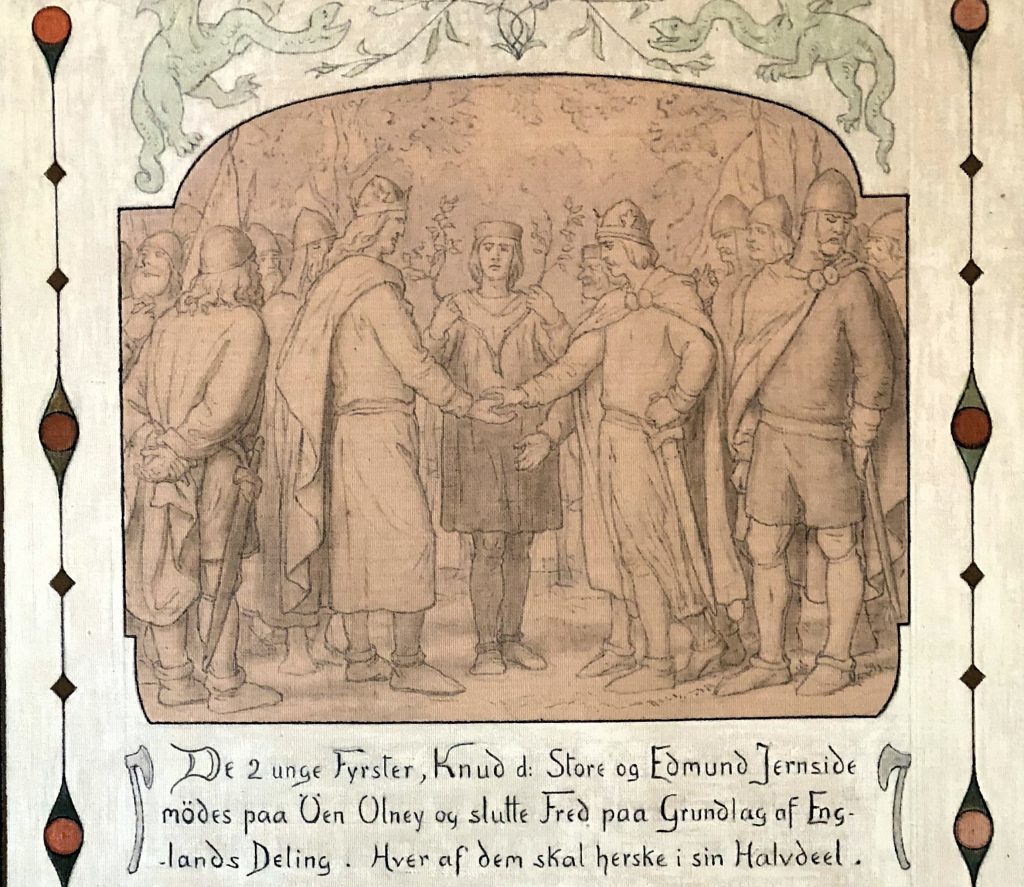
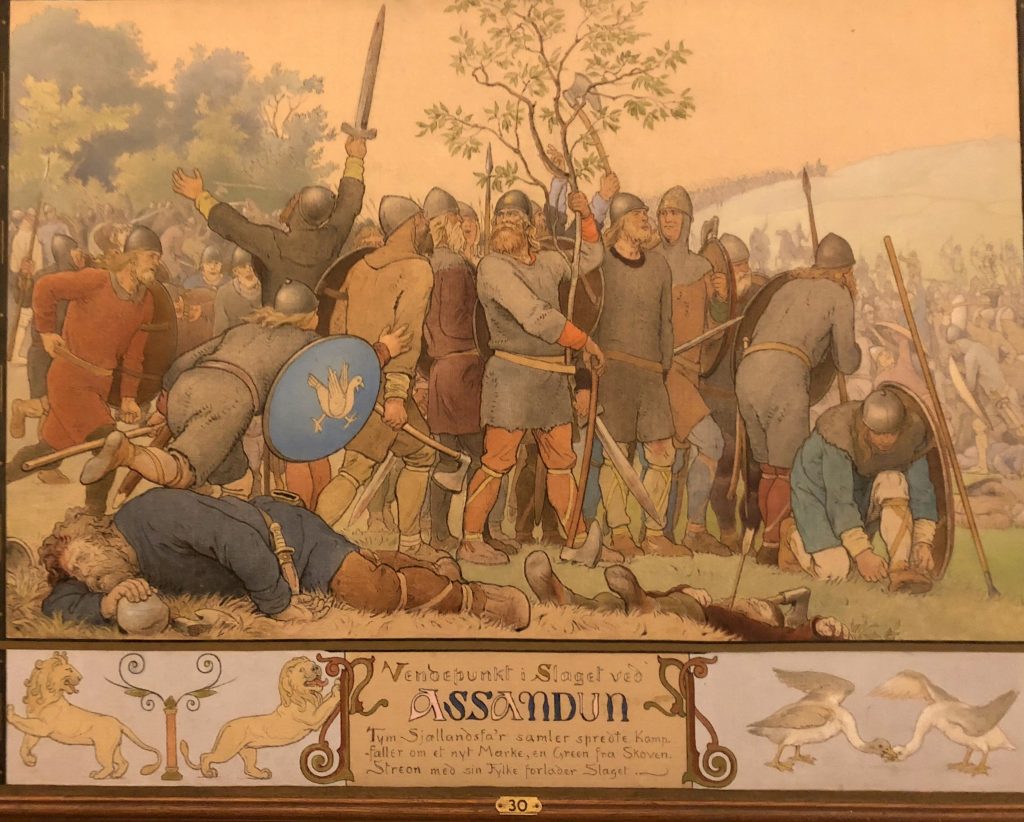
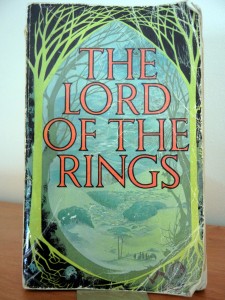 Where has the horse gone? Where is the rider? Where is the giver of gold?
Where has the horse gone? Where is the rider? Where is the giver of gold?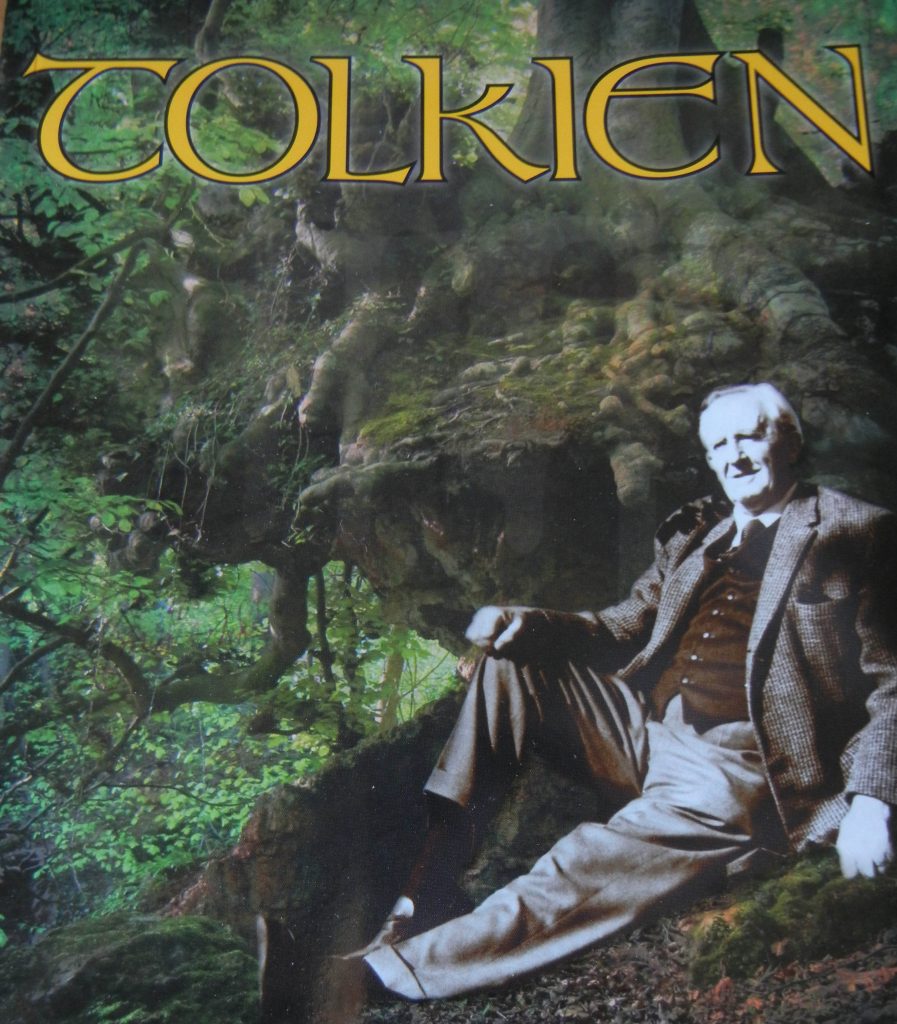
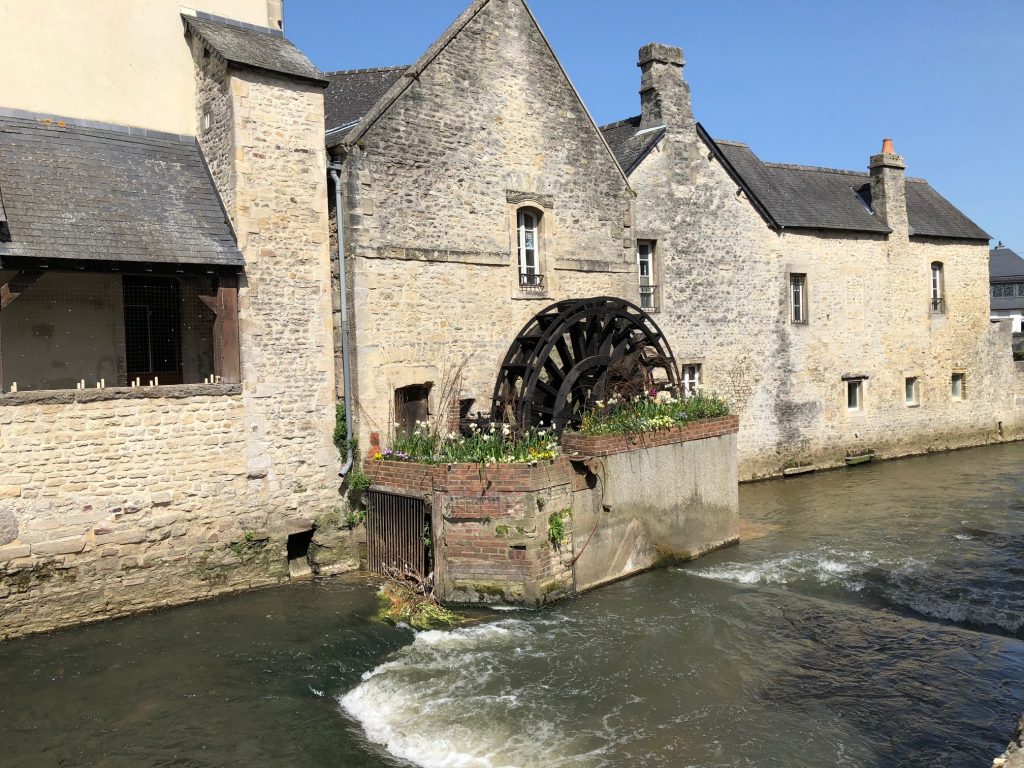 The charming town of Bayeux near the coast of Normandy is perhaps best known for its remarkable Tapestry, a very long length of embroidered linen that portrays events surrounding the Battle of Hastings in 1066.
The charming town of Bayeux near the coast of Normandy is perhaps best known for its remarkable Tapestry, a very long length of embroidered linen that portrays events surrounding the Battle of Hastings in 1066.
